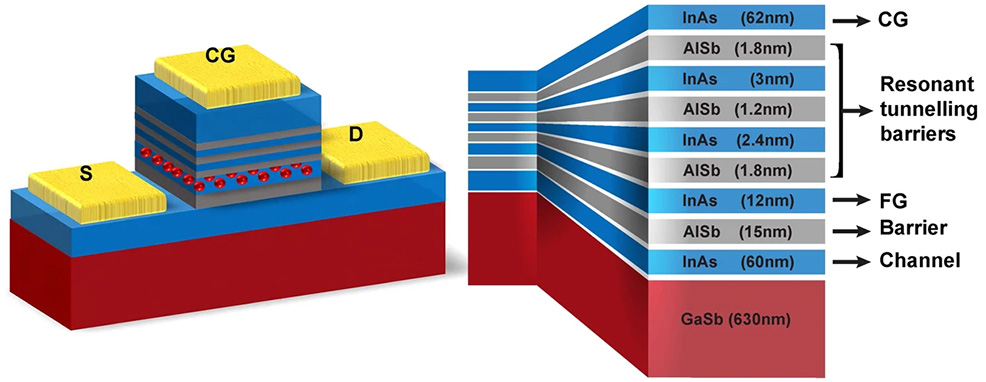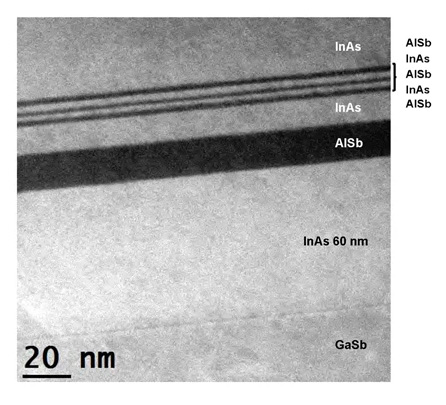
21st June 2019 New computer memory device uses 100 times less energy than DRAM Researchers at Lancaster University have described a new electronic memory device able to record or delete data using 100 times less energy than DRAM and 1,000 times less than Flash.
A new type of computer memory that could solve the digital technology energy crisis has been invented and patented by scientists at Lancaster University in the United Kingdom. The electronic device – described in Nature's Scientific Reports – features ultra-low energy consumption. In homes and workplaces around the world, energy savings from efficient lighting and appliances have been completely wiped out by the increased use of computers and gadgets. By 2025, a growing tsunami of data is expected to consume 20% of global electricity. This new device being developed at Lancaster, however, could reduce peak power consumption in data centres by a fifth. It could also enable, for example, computers that do not need to boot up and could instantaneously and imperceptibly go into an energy-saving sleep mode – even between key strokes. The team involved say their device is the realisation of the search for a "Universal Memory", which has preoccupied scientists and engineers for decades. "Universal Memory, which has robustly stored data that is easily changed, is widely considered to be unfeasible, or even impossible," said Professor of Physics, Manus Hayne. "But this device demonstrates its contradictory properties."
The device uses quantum mechanics to solve the dilemma of choosing between stable, long-term data storage and low-energy writing and erasing. A US patent has been awarded, with another patent pending, while several companies have expressed an interest or are actively involved in the research. Its inventors believe it could replace the $100bn market for Dynamic Random Access Memory (DRAM), which is the "working memory" of computers, as well as the long-term memory in flash drives. While writing data to DRAM is fast and low-energy, the data is volatile and must be continuously "refreshed" to avoid it being lost: this is clearly inefficient and inconvenient. Flash stores data robustly, but writing and erasing is slower, energy intensive and deteriorates it, making it unsuitable for working memory. "The ideal is to combine the advantages of both, without their drawbacks, and this is what we have demonstrated," said Professor Hayne. "Our device has an intrinsic data storage time that is predicted to exceed the age of the Universe, yet it can record or delete data using 100 times less energy than DRAM."
Comments »
If you enjoyed this article, please consider sharing it:
|








